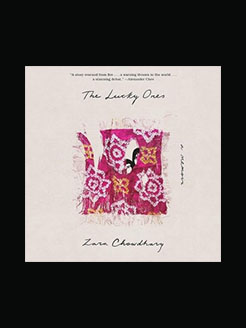Published in 2011
338 pages
Mara Hvistendahl is an award-winning writer and journalist specialized in the intersection of science, culture, and policy. A correspondent for Science magazine, she has also written for Harper’s, Scientific American, Popular Science, The Financial Times, and Foreign Policy, among other publications. Proficient in both Spanish and Chinese, she has spent half of the past decade in China, where she has reported on everything from archaeology to Beijing’s space program.
What is this book about?
Lianyungang, a booming port city, has China’s most extreme gender ratio for children under four: 163 boys for every 100 girls. These numbers don’t seem terribly grim, but in ten years, the skewed sex ratio will pose a colossal challenge. By the time those children reach adulthood, their generation will have twenty-four million more men than women.
The prognosis for China’s neighbors is no less bleak: Asia now has 163 million females “missing” from its population. Gender imbalance reaches far beyond Asia, affecting Georgia, Eastern Europe, and cities in the U.S. where there are significant immigrant populations. The world, therefore, is becoming increasingly male, and this mismatch is likely to create profound social upheaval.
Historically, eras in which there have been an excess of men have produced periods of violent conflict and instability. Mara Hvistendahl has written a stunning, impeccably-researched book that does not flinch from examining not only the consequences of the misbegotten policies of sex selection but Western complicity with them.







